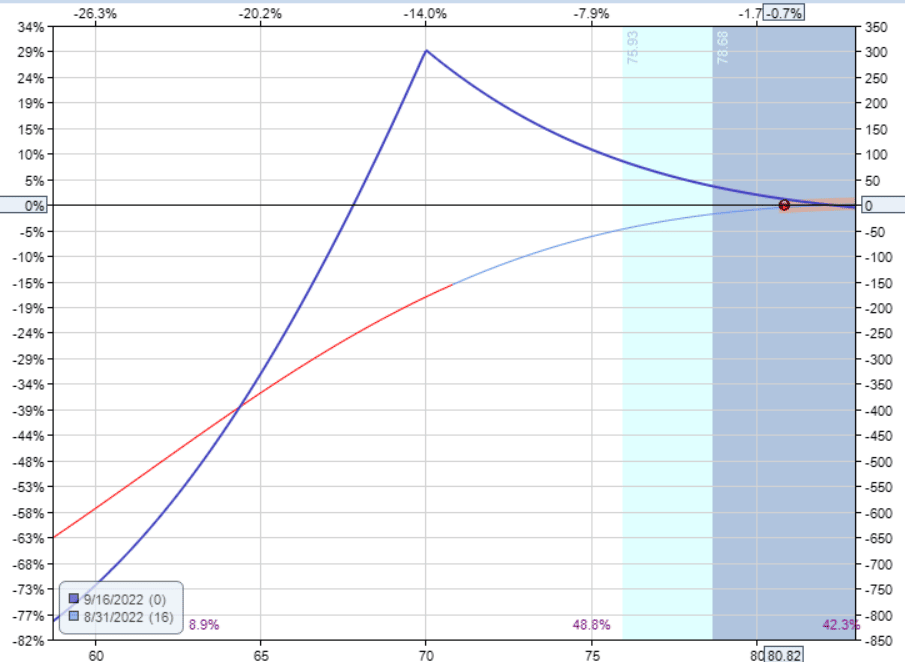

It may take a while, based on your choices during the setup. Now, you can create a backup by clicking on the Create button: Once done, it will show you a page informing the setup is complete. Use DejaDup for personal file backups on an external disk. Using it to backup personal files in home directory will take up a huge amount of disk space and is impractical. Timeshift is primarily used for backing up system settings. Now, it will ask you to choose the directories that need backing up.īy default, it will exclude all the files inside the home directory and I recommend you do the same. If you have multiple drives, it would show multiple options but for most users, there will be a single option. Next, it will ask you where you want to store the snapshots. If you don't know what to choose, select RSYNC as it would work just fine: RSYNC is based upon hard links and can work on any filesystem, whereas BTRFS is only used for the BTRFS filesystem. If you haven't used it before, it will ask you several questions before allowing you to create a backup.įirst, it will ask you which type of backup you want to create. To create a backup, start the Timeshift from the system menu: It is a third-party tool but is highly recommended by Mint developers. Linux Mint comes preinstalled with Timeshift backup application. If nothing else, make a backup before applying updates. It is possible that it may mess up the perfectly working system. Say you forced power off the system while it was installing package updates. Updates you install will rarely create problems. Linux Mint is a stable distro as it is based on the long-term support version of Ubuntu. Create Timeshift backup (optional yet recommended)

It is not about upgrading Mint to a newer version. This article is about updating the Linux Mint system.

Adding the fastest mirrors (optional but good to know ).Restore from the Timeshift backup (if the update messed up the system).Prioritizing and installing updates (know the different types of updates).Create backups using Timeshift (optional yet recommended).So in this guide, I will explain how you can perform the system updates in Linux Mint and will walk you through the following: It will give you some ideas about using this tool and the best practices you should follow. This is why we at It's FOSS came up with this beginner's guide idea. While the Updater tool is straightforward, it may still seem overwhelming if you are new to Linux Mint. You also get updates on the applications you installed using the Software Manager tool.īasically, apart from security patches, your system receives new features, bug fixes, improved hardware support, performance enhancement, and a lot more. It provides timely security patches for the kernel and other software packages.

Keeping your system updated is essential for any operating system.


 0 kommentar(er)
0 kommentar(er)
